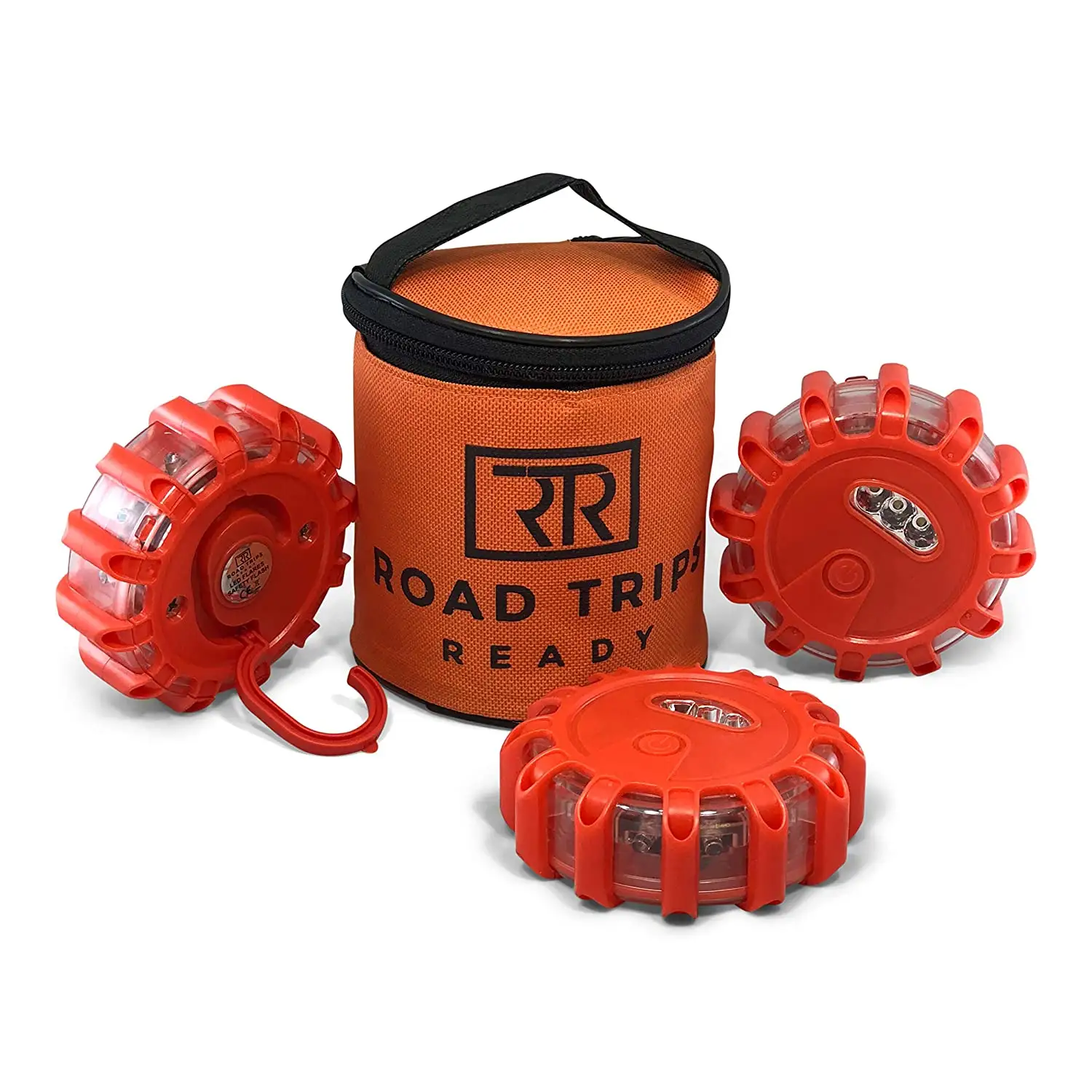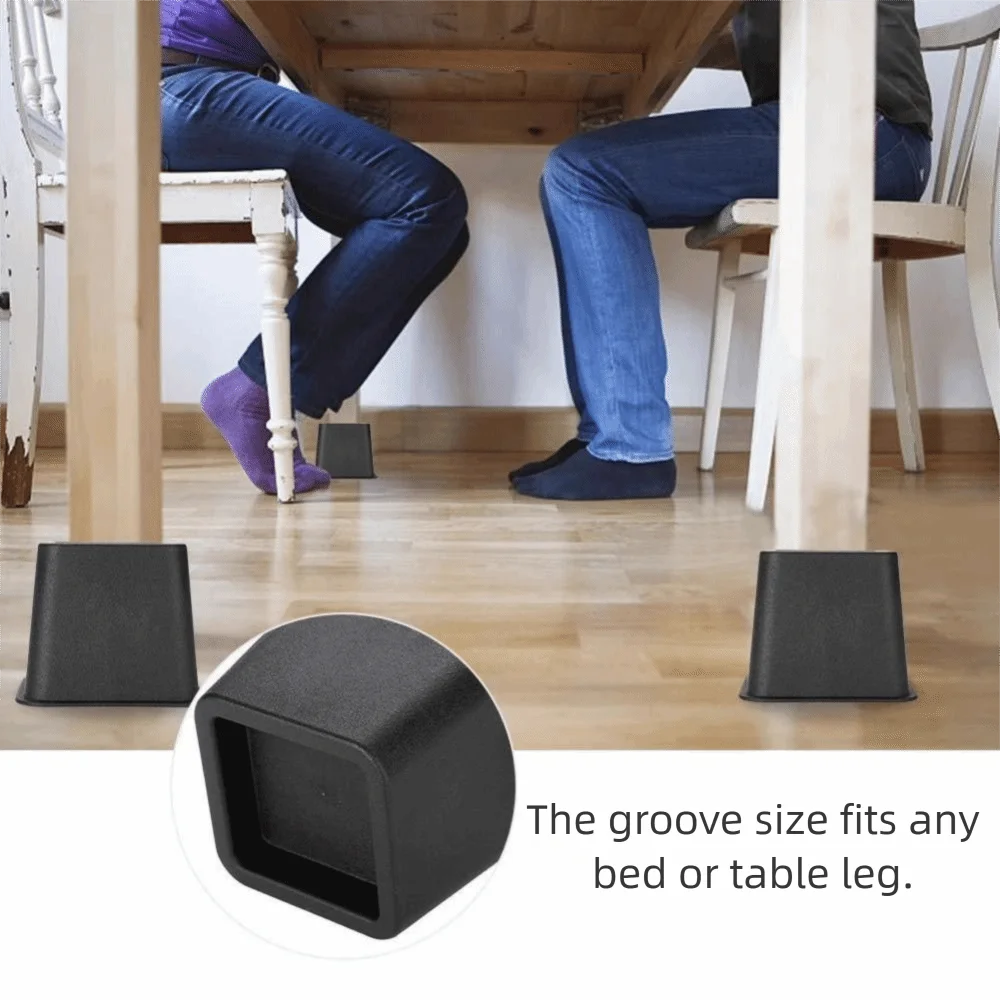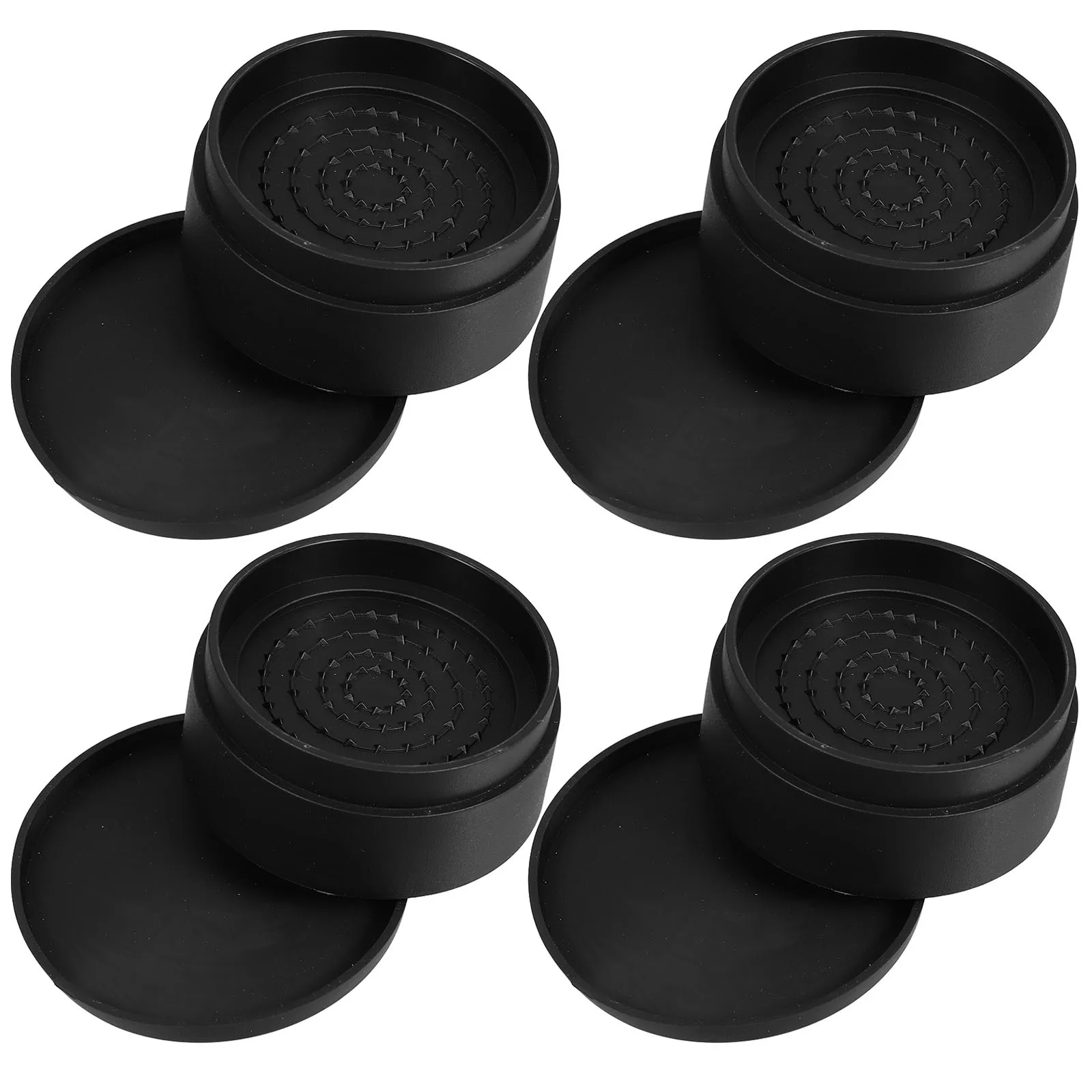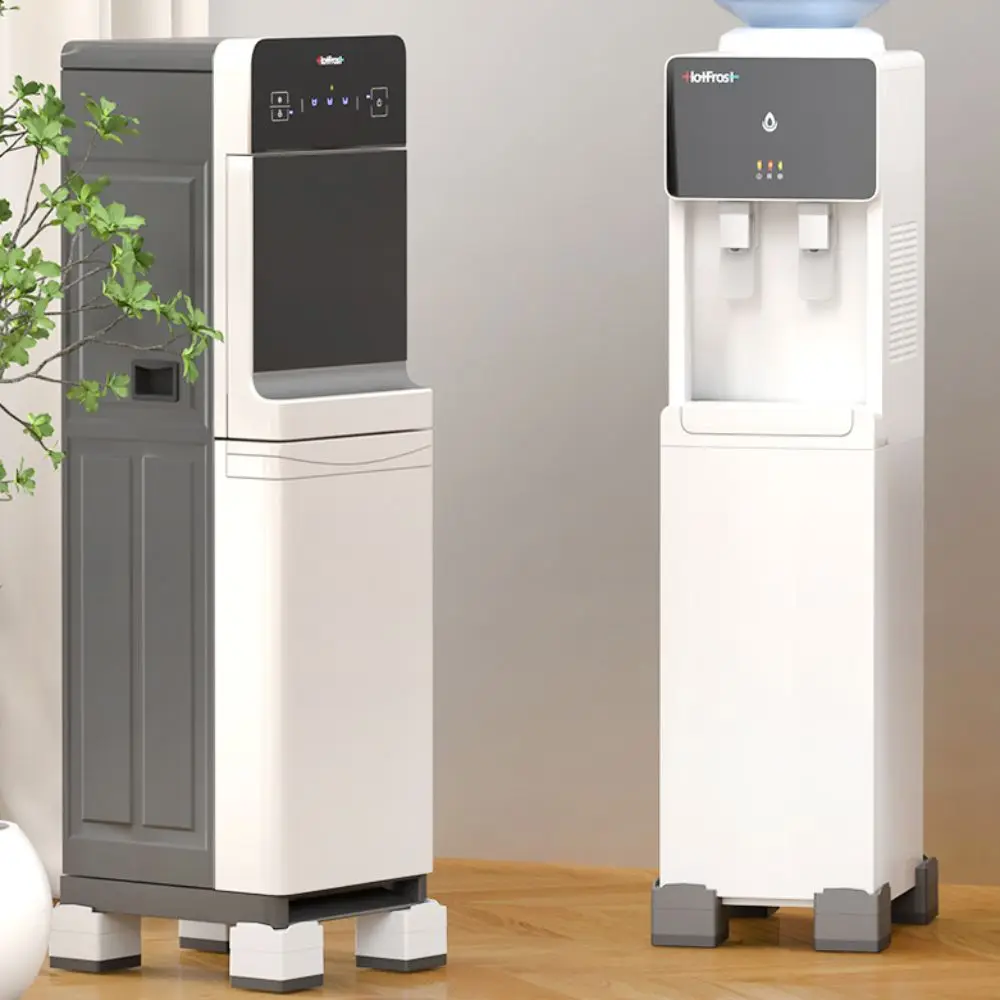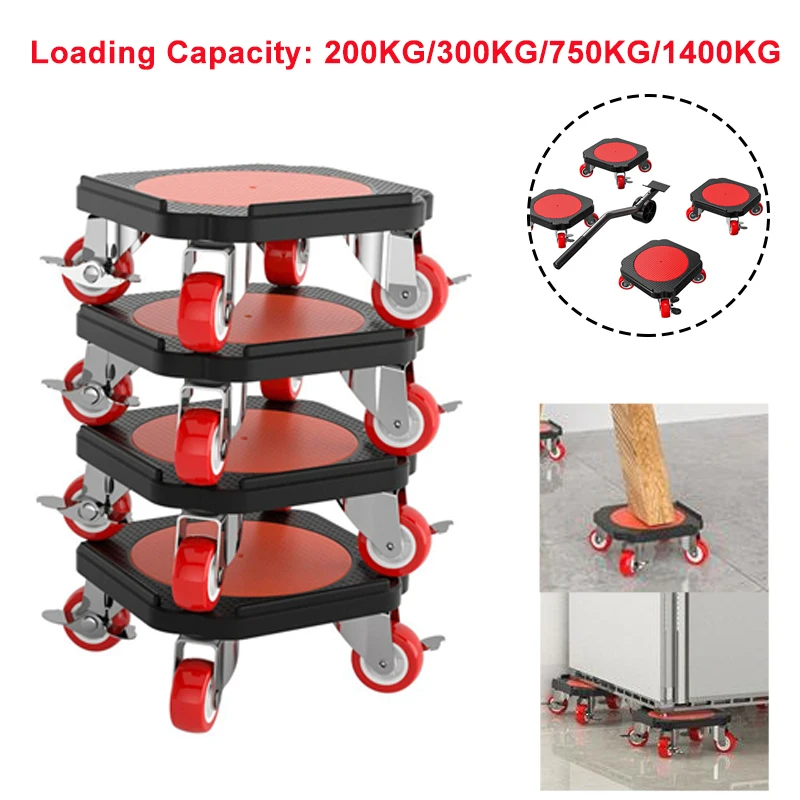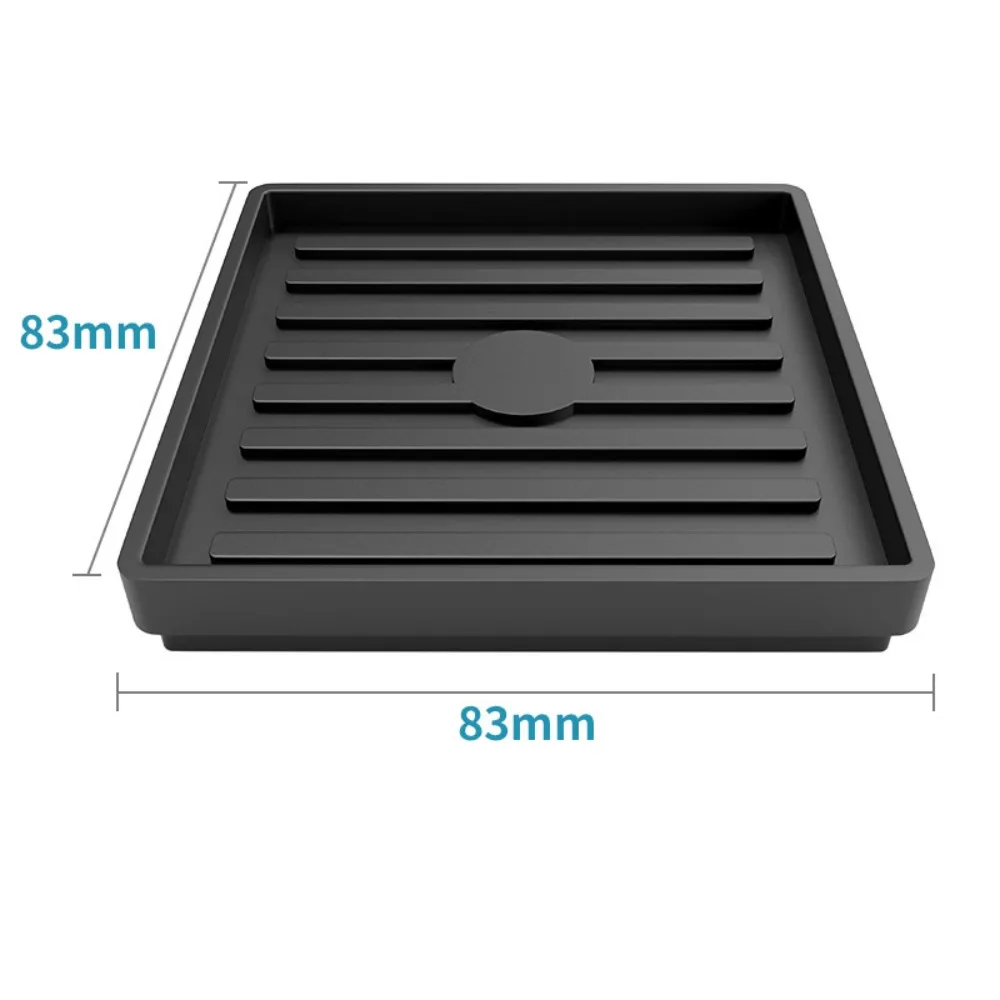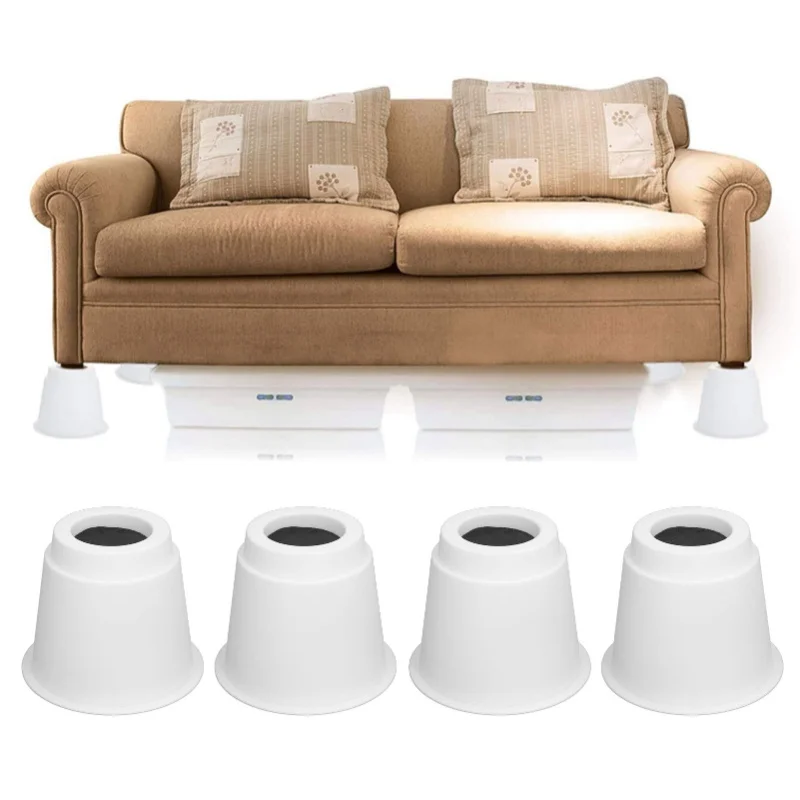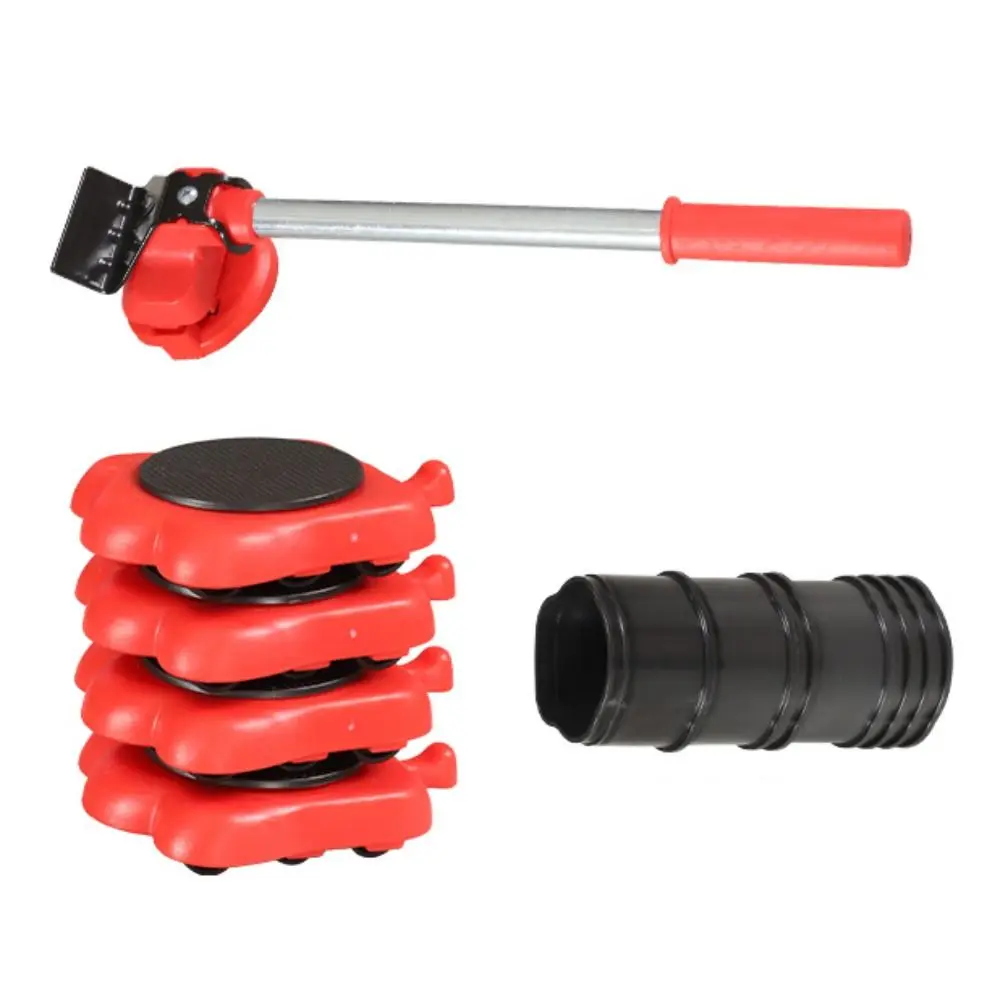XINTONG камера на основе беспроводного контроллера сигнала дорожного движения с контроллером
- Категории: Traffic Lights >>>
- Поставщик: Yangzhou,Xintong,Transport,Equipment,Group,Co.,Ltd.
Поделиться:
Описание и отзывы
Характеристики

Products Description
I Introduction
1.1 Product introduction
Traffic signal control system is the core of the existing urban intelligent transportation system, but also an important indicator of the level of development of signs of intelligent transportation system city, crossing traffic signal controller is a traffic signal control system can play a key role in the application.
Traffic signal control system is the core of the existing urban intelligent transportation system, but also an important indicator of the level of development of signs of intelligent transportation system city, crossing traffic signal controller is a traffic signal control system can play a key role in the application.
The company has all the independent intellectual property rights of the "XT-TSC-48 intelligent traffic signal control machine", hereinafter referred to as the signal machine, is designed and manufactured according to the national standard
"road traffic signal machine standard" (GB 25280-2010) specifications.It is developed in combination with China's complex traffic conditions and the experience of new road traffic controllers at home and abroad. It is a centralized and coordinated traffic signal control machine with leading domestic level.Applicable to all kinds of intersections such as cross and T-shaped, control the red, yellow, green and pedestrian red and green lights of pedestrian lights, forbidden working hours, automatically execute control settings, according to the traffic flow of different intersections or different intersections at different intersections Size, automatically adjust the corresponding pass, forbidden time.The signal can provide sufficient memory space and processing speed while controlling the intersection signal, and realize local/sub-zone traffic flow collection, multi-source information data fusion,traffic flow simulation, signal timing scheme optimization, and adaptation. Coordination control and other functions can greatly enhance the coordination processing capability of the intersection signal. At the same time, it can also be used as an important part of the comprehensive information processing and sharing information platform of the intersection to realize the data fusion and format unification of the front-end information. The signal can play an important role in maintaining traffic order, improving the traffic rate at intersections, and avoiding traffic accidents at intersections.
"road traffic signal machine standard" (GB 25280-2010) specifications.It is developed in combination with China's complex traffic conditions and the experience of new road traffic controllers at home and abroad. It is a centralized and coordinated traffic signal control machine with leading domestic level.Applicable to all kinds of intersections such as cross and T-shaped, control the red, yellow, green and pedestrian red and green lights of pedestrian lights, forbidden working hours, automatically execute control settings, according to the traffic flow of different intersections or different intersections at different intersections Size, automatically adjust the corresponding pass, forbidden time.The signal can provide sufficient memory space and processing speed while controlling the intersection signal, and realize local/sub-zone traffic flow collection, multi-source information data fusion,traffic flow simulation, signal timing scheme optimization, and adaptation. Coordination control and other functions can greatly enhance the coordination processing capability of the intersection signal. At the same time, it can also be used as an important part of the comprehensive information processing and sharing information platform of the intersection to realize the data fusion and format unification of the front-end information. The signal can play an important role in maintaining traffic order, improving the traffic rate at intersections, and avoiding traffic accidents at intersections.
The signal machine is controlled by 32-bit microprocessor. The software and hardware design adopts the modular design idea to realize the control and communication function of traffic signals, which can realize the automatic control of all-weather, or the automatic shutdown mode at night. The system is advanced in design, with multi-time and multi-program operation, induction adjustment,adaptive coordinated control, automatic and manual control conversion, remote control, power-off protection and other functions, so that coordinated control between intersections, no loss of time information due to power failure And control parameters. In addition, a thyristor drive circuit is used to improve contact less wear
and prolong its service life.
and prolong its service life.
The machine has the characteristics of beautiful appearance, simple and reasonable structure, simple and flexible operation, strong practicability, good stability, high reliability, small power loss and long service life. It is a high-tech product that controls traffic signals.
1.2 Electrical Specifications
1.2.1 Voltage
Working voltage: AC176~264V
Frequency: 48~52Hz
1.2.2 Insulation resistance
The insulation resistance is greater than 100MΩ.
1.2.3 Power consumption of the whole machine
The power of the whole machine does not exceed 40W (excluding traffic light power).
1.2.4 Output Power
The maximum output power of each channel is 600W.
Working voltage: AC176~264V
Frequency: 48~52Hz
1.2.2 Insulation resistance
The insulation resistance is greater than 100MΩ.
1.2.3 Power consumption of the whole machine
The power of the whole machine does not exceed 40W (excluding traffic light power).
1.2.4 Output Power
The maximum output power of each channel is 600W.
1.3 Physical indicators
1.3.1 | Working temperature | -40 ° C ~ 70 ° C |
1.3.2 | Working humidity | < 95% no condensation |
1.3.3 | Chassis Size | 148cm (height) x69cm (width) x 46cm (deep) |
1.3.4 | Machine weight | ≤70kg |
II Product Composition And Structure
2.1 Front Door
2.1 Front Door

2.2 Back Door

2.3 Manual Panel
The hand control panel is placed on the side of the XT-TSC-48 chassis, and the operator needs to open the side door of the chassis for manual control. Light touch button switches are used on the manual panel.
The XT-TSC-48 hand control panel is equipped with LED indicators:
The hand control panel is placed on the side of the XT-TSC-48 chassis, and the operator needs to open the side door of the chassis for manual control. Light touch button switches are used on the manual panel.
The XT-TSC-48 hand control panel is equipped with LED indicators:

P3 manual panel
“Manual” light: When the button is pressed, this indicator lights up, indicating thatthe manual control mode is entered.
“Manual” light: When the button is pressed, this indicator lights up, indicating thatthe manual control mode is entered.
“Red” light: In the manual control mode, when the indicator is lit, it means that all red lights are on.
“Step” light: After entering the manual control mode, this indicator lights up,indicating that the “Step” button is valid. Each time the “Step” button is pressed,the signal will run to the next stage.
“Fault” light: This indicator lights up, indicating that the signal is faulty and needs to be processed by the engineering technician.
“Wait for instruction”: This indicator lights up to indicate that the signal is running normally.
III Basic Concept
3.1 Phase
The phase is simply the signal display state of one or more traffic flows that are at
the same time in one signal cycle.
A phase may include a motor vehicle phase and a pedestrian phase, respectively indicating the right of passage of the motor vehicle and the right of passage of the pedestrian, and the right of passage is the same.
The system supports a total of 16 phases.

Related instructions
The phase is divided into two phases during the release cycle: the release phase and the waiting phase, as shown in the following figure.

In the release phase, phase acquisition rights
The vehicle phase experiences green light, green flash, yellow light and red light.
The pedestrian phase experiences a green light, a green flash, and a red light.
In the waiting phase, the phase gives way to the right of passage.
The motor vehicle phase is in a red light state. When it is going from the waiting phase to the release phase, it experiences a red-yellow state, that is, a pre-yellow time.
The pedestrian phase is in a red light state.
The right of way is obtained by other phases when the phase is in the waiting phase.
Description
The pre - yellow time is the time when the red and yellow lights are on at the same
time.
3.2.1 Follow-up phase late time
The late setting means that the following phase can be released with the main phase delay, which makes the time control following the phase more flexible.
Related instructions
If the following phase is not set to the late time, the following phase is released in synchronization with the main phase.
If you follow the phase setting delay time, extend the red light time following the phase and delay the pre-yellow time.
The vehicle phase experiences green light, green flash, yellow light and red light.
The pedestrian phase experiences a green light, a green flash, and a red light.
In the waiting phase, the phase gives way to the right of passage.
The motor vehicle phase is in a red light state. When it is going from the waiting phase to the release phase, it experiences a red-yellow state, that is, a pre-yellow time.
The pedestrian phase is in a red light state.
The right of way is obtained by other phases when the phase is in the waiting phase.
Description
The pre - yellow time is the time when the red and yellow lights are on at the same
time.
3.2 Follow The Phase
The following phase is a traffic signal that determines its own signal based on the signal state of its dominant phase.
When the main phase is released, the following phase is also released. (no late time is set)
When the main phase stops releasing, the following phase also stops.
The following phase is a traffic signal that determines its own signal based on the signal state of its dominant phase.
When the main phase is released, the following phase is also released. (no late time is set)
When the main phase stops releasing, the following phase also stops.
3.2.1 Follow-up phase late time
The late setting means that the following phase can be released with the main phase delay, which makes the time control following the phase more flexible.
Related instructions
If the following phase is not set to the late time, the following phase is released in synchronization with the main phase.
If you follow the phase setting delay time, extend the red light time following the phase and delay the pre-yellow time.


△Description
△If the following phase delay time is set too long and exceeds the sum of the pre-yellow and green time of the main phase, when the main phase enters the green flash state, the follow-up phase ends late and also enters the synchronous green flash state.
3.2.3 Follow the release
△The following phase can be followed by one or more main phase releases.
△When a plurality of parent phases are followed, the release order of each parent phase is different, and the release state following the phase changes accordingly. (take the late time set to 0 as an example)
△The parent phase following phase A is phase 1 and phase 4 (A = 1 + 4), and the release state is as shown in the figure below.
△If the following phase delay time is set too long and exceeds the sum of the pre-yellow and green time of the main phase, when the main phase enters the green flash state, the follow-up phase ends late and also enters the synchronous green flash state.
3.2.2 Release sequence
△The order of the following phase signals is: red time (or pre-yellow) >green time > green time > yellow time > red time.
△The order of the following phase signals is: red time (or pre-yellow) >green time > green time > yellow time > red time.
3.2.3 Follow the release
△The following phase can be followed by one or more main phase releases.
△When a plurality of parent phases are followed, the release order of each parent phase is different, and the release state following the phase changes accordingly. (take the late time set to 0 as an example)
△The parent phase following phase A is phase 1 and phase 4 (A = 1 + 4), and the release state is as shown in the figure below.

The parent phase following the phase A is phase 1 and phase 2 (A = 1 + 2), and the release state is as shown in the figure below.

The parent phase following the phase A is phase 1, phase 2, phase 3, phase 4 (A= 1 + 2 + 3 + 4), and the release state is as shown in the figure below.

3.3 Green letter ratio
The green signal ratio is the ratio of phase time to cycle time in one signal period.
In this semaphore system, the green signal time is expressed by the phase release time (when the pre-yellow time is not set).
The green signal ratio is the ratio of phase time to cycle time in one signal period.
In this semaphore system, the green signal time is expressed by the phase release time (when the pre-yellow time is not set).
Project
Company Profile
Certifications
Customer Comment
Recommend Products
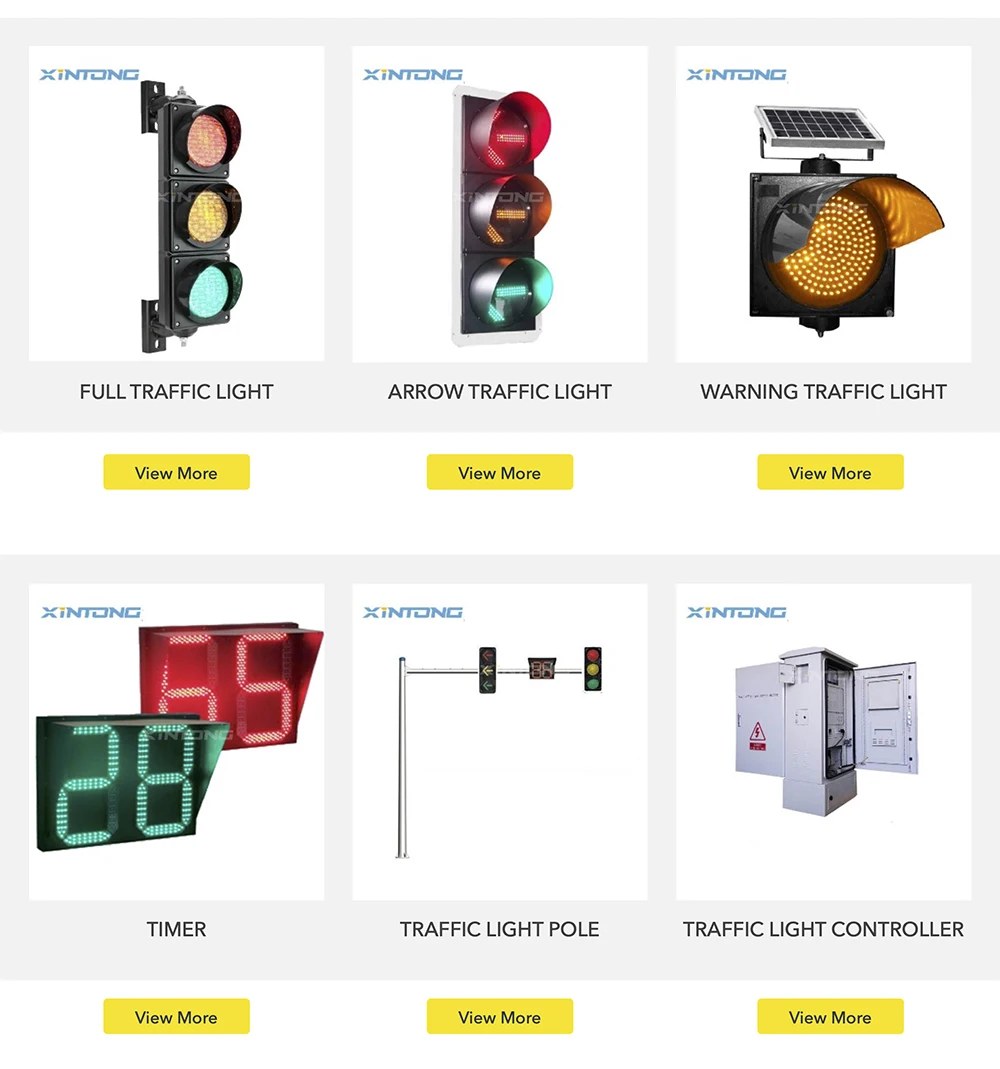
FAQ
1. Could I control the traffic light through WI-FI or Bluetooth?
A: Yes our traffic light can be controlled through WI-FI and Bluetooth.
2. Is it controlled by a computer based system?
A: Yes our latest control system is based on computer, IPAD and mobile phone.
3. Can you provide oversea installation guidance service?
A: Yes we could send engineer team to help with onsite installation.
4. Can I get intersection design or complete solution for traffic light?
A: Sure just contact us to get more information.
5. What is the warranty?
A: Five years.
2. Is it controlled by a computer based system?
A: Yes our latest control system is based on computer, IPAD and mobile phone.
3. Can you provide oversea installation guidance service?
A: Yes we could send engineer team to help with onsite installation.
4. Can I get intersection design or complete solution for traffic light?
A: Sure just contact us to get more information.
5. What is the warranty?
A: Five years.











